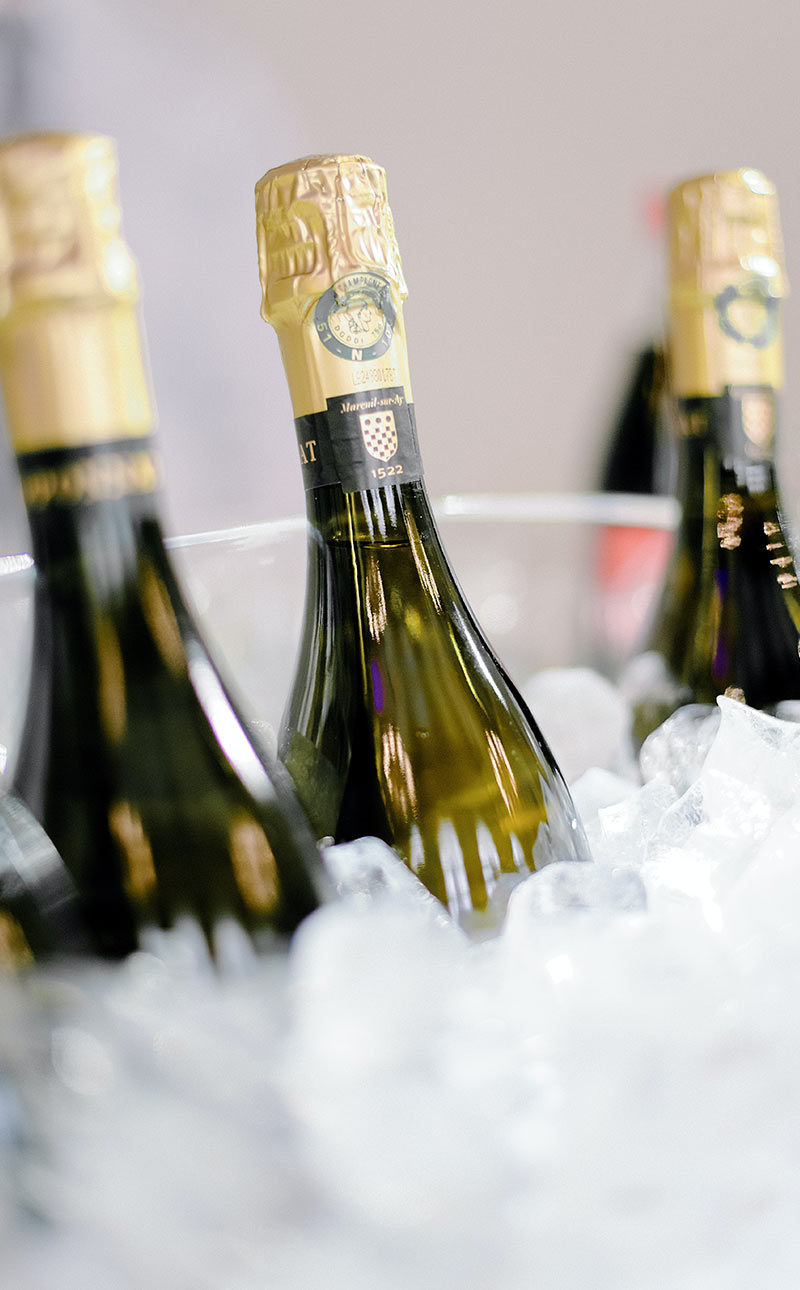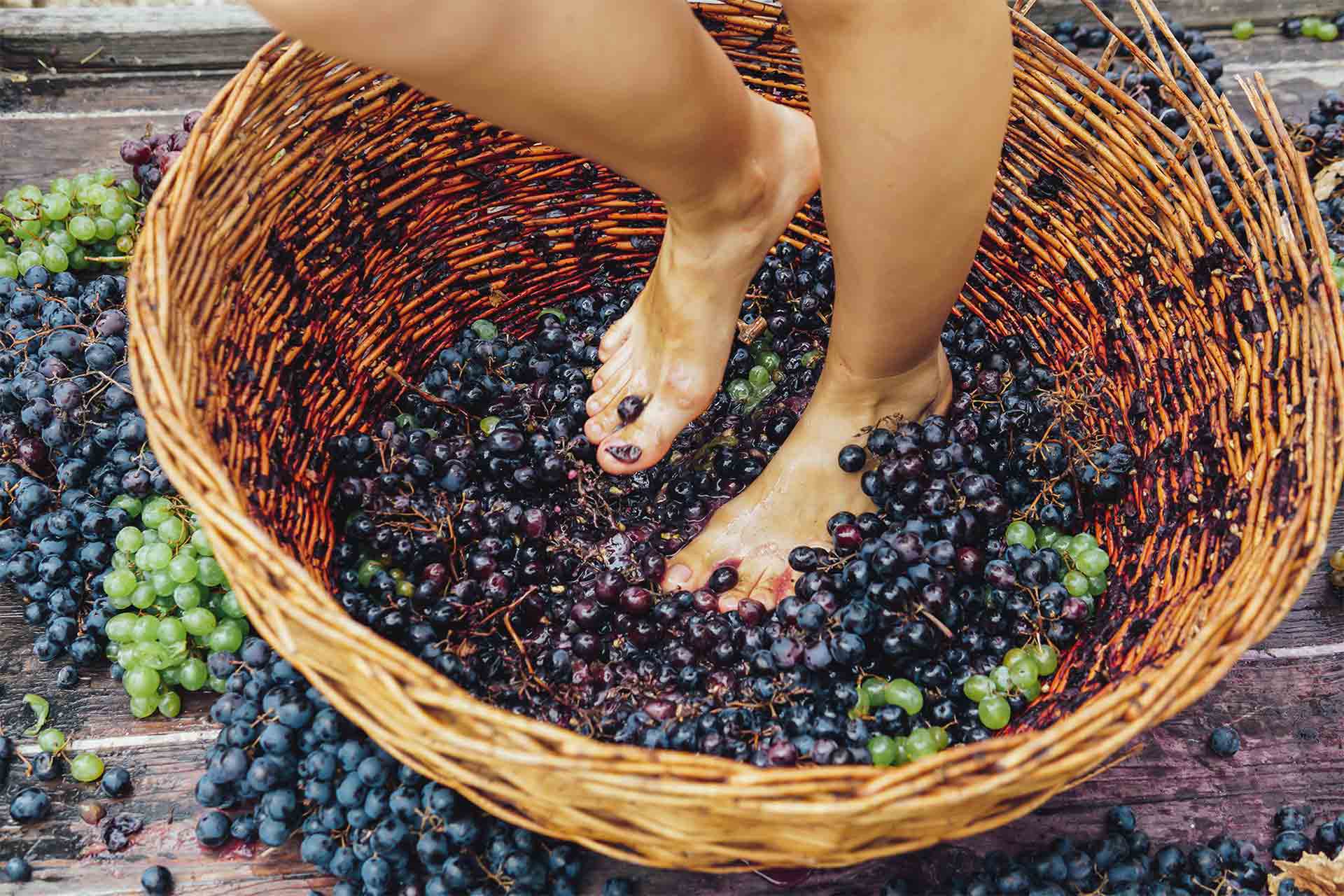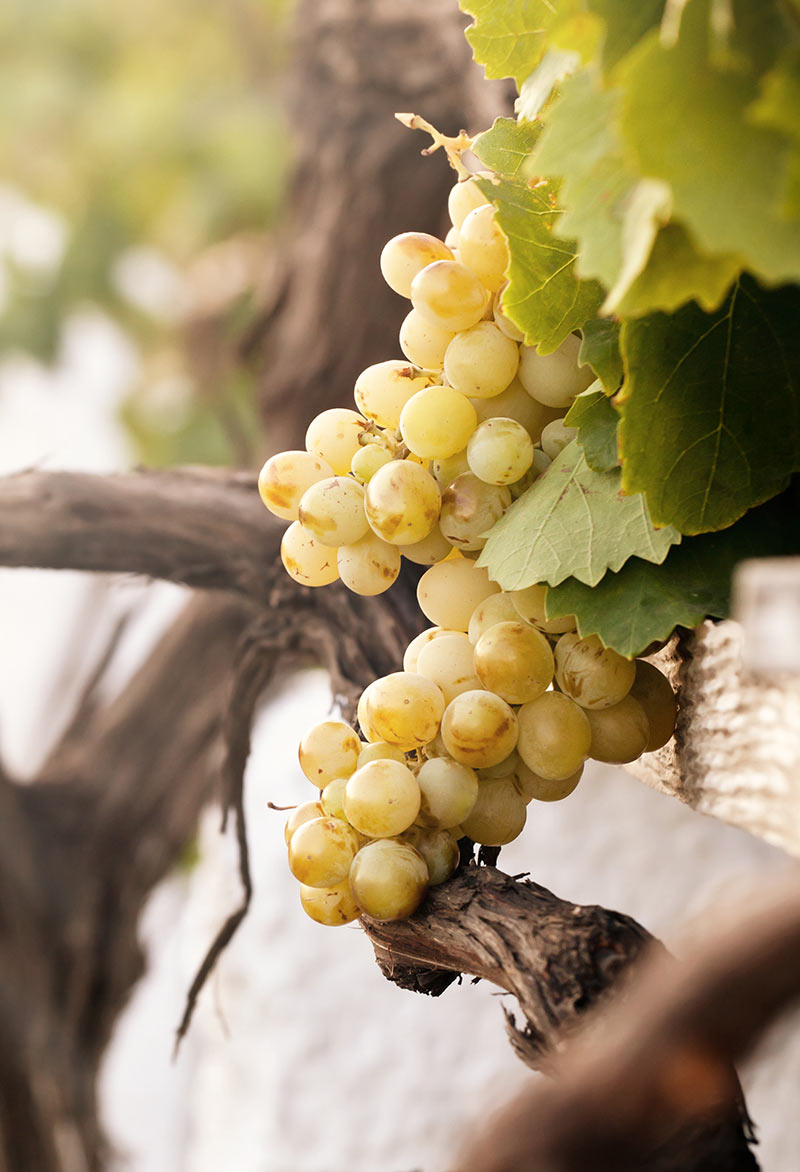What is Crémant Wine?

In a previous post, we talked about why the word “champagne” is restricted to sparkling wine made in the Champagne region of France. In Spain, sparkling wine is called Cava, and in the United States, it is called sparkling wine. But, sparkling wine is also made in other regions of France, and in most regions that wine is called Crémant. The wine making method is the same as in Champagne (Traditional Method), but the grapes used depend on the region and the winery. Crémant is a group of sparkling wines made with the same technique as Champagne, but from outside the Champagne region. There are eight regions of France that produce Crémant. The regions producing Crémant are: Alsace, Burgundy, Loire, Limoux, Bordeaux, Jura, Die and Savoie. Alsace produces the most Crémant, followed by Burgundy and Loire, but drinking Crémant is not about quantity, it is about quality and diversity! These Crémants are produced in wine regions across France using commonly agreed upon production standards for Crémant, but in regions with diverse soils (Terroir), climates and grape varieties. When drinking Crémant, instead of thinking, “Which one is best?” you might want to consider asking yourself, “How many different ways are there to make wonderful sparkling wine?”
Each Crémant is produced under both the regulations that apply to the use of the label, “Crémant” as well as the regulations of the specific regional AOC (Appellation d’Origine Contrôlée) regulations. The first Crémant AOCs were approved in 1975, but regions other than Champagne produced sparkling wines before that date. They were labeled “Vin Mousseux.” Some wines continue to display that on the bottle, but the rules are less specific and less strict than the Crémant AOCs. If you are familiar with the AOC system, you know that each AOC specifies what grapes can be used, as well as other aspects of the wine production process. For example, Crémant d’Alsace can be made solely from one grape variety (from the approved grapes for the AOC), or a blend of grape varieties, but Crémants d’Alsace rosés can only be made from Pinot Noir. The grape varieties allowed in Crémant de Loire (and the other Crémant AOCs) are different from Crémant d’Alsace. The result is that each Crémant region has its own character and within each region different producers will be distinct from one another. Alsace produces the largest amount of Crémant.
Bourgogne (Burgundy) stands alone as France’s only wine region with a name translated into different languages. The preference of the producers is to properly refer to the region as Bourgogne. The region has been making sparkling wines for over two hundred years. Crémant de Bourgogne is an AOC designation to standardize the production of sparkling wine in the region. The appellation was created in 1975. The AOC rules allow for both Whites and rosés: The Main grape varieties include Pinot Noir and Chardonnay (minimum 30%) and the Secondary varieties: include Gamay (20% maximum), Aligoté, Melon, and Sacy. The Crémant de Bourgogne producers wanted to increase the quality of the appellation, so the Eminent and Grand Eminent denominations were introduced in 2013. The most important change for these designations is the amount of time they are aged on the lees to bring out all the subtle aromas of the main varietals used, which are the same grapes as used in a traditional Crémant de Bourgogne. The standard rules for Crémant require a minimum of 9 months of aging on the lees (yeast in bottle). The Crémant de Bourgogne Eminent denomination requires minimum ageing of 24 months, while the Crémant de Bourgogne Grand Eminent denomination calls for 36 months of aging. These two additional requirements are likely to create significant increases in quality for the Crémant de Bourgogne label.
In Savoie the grapes are predominantly Jacquère and Altesse. Jacquère has a clean, mineral quality, like pinot grigio, but dry. It also presents a citrus flavor similar to sauvignon blanc but more lemon than grapefruit. It is very dry, with high acidity but low in alcohol, so you can drink it all day! Some say it has a mountain fresh taste. As a true mountain wine, it reveals mouthwatering acidity, but is not fruity. Altesse or Roussette is a white wine grape variety found in the Savoie wine region. Wines made from Altesse have exotic aromas, often together with citrus and herbs, and have good acidity. They are considered to age well. Crémant de Savoie must be made with 60 percent Jacquère and Altesse grapes. The resulting Crémant is dry, refreshing and tasty. It goes well with soft cheeses and fondue, as well as shellfish.
Crémant de Savoie is the newest member of the Crémant designation. The AOC was recognized in 2015, so initially they were only allowed to label the wine Vin de Savoie Crémant. Now they have full status as Crémant de Savoie. The Crémant de Savoie AOC covers the same area as the Savoie AOC. The most notable aspect of this area is that it is an Alpine region, and the vines grow on the slopes of the mountain. As a consequence, Crémant de Savoie wine is not only influenced by the regional grapes, but also by the altitude of the vineyards.
Crémant de Loire received it’s designation in 1975. The principle grape used in production is Chenin Blanc, but other Loire Valley grapes (Chardonnay, Pinot Noir, Cabernet Franc, Pineau d’Aunis, Grolleau Noir and Cabernet Sauvignon) can be used. Sauvignon Blanc is not used for Crémant de Loire. Crémant de Loire sparkling wine shows hints of white fruits, lemon, white flowers, nuts, almond or even a touch of vanilla and liquorice. The rosés have red fruit scents.
Crémant de Limoux sparkling wine is produced in the same area as Blanchette de Limoux, which may be the oldest sparkling wine in France, and predates the production of champagne. Of course, the French do not all agree about the history of sparkling wine in France. Both of these sparkling wines are available in the USA and we will describe both in this post. Blanquette de Limoux can contain three grape varieties: Mauzac (which must constitute a minimum of 90% of the wine), Chardonnay, and Chenin blanc. The Crémant de Limoux is based primarily on Chardonnay and Chenin Blanc (90% of the blend). Because both wines have he same grapes, but in reverse proportions, it is worth trying both. The locals claim that Blanquette de Limoux pre-dates Champagne by several hundred years, making it the oldest sparkling wine in the world. There are records supporting this claim, but I am sure that the Champagne producers dismiss it. Such regional competitions occur in the highly competitive French wine world. Regardless, the Mauzac grape is unique to this area, and I have personally tasted the Blanchette de Limoux, and it is both excellent and inexpensive. It is a perfect wine for a party or as an aperitif.
The Crémant de Bordeaux is also a more recent entry into the Crémant designation, with approval granted in 1990. The same grapes used to make still wine in Bordeaux are also used to make Crémant. Merlot and Cabernet Sauvignon are the primary grapes used to make the sparkling rosé wine, but Cabernet Franc and Malbec are also used. Sauvignon Blanc, Sémillon, and Muscadelle are used to make the sparkling white Crémant de Bordeaux. The production of Crémant de Bordeaux is only a very small percentage of the total wine production in Bordeaux, but the Crémant de Bordeaux AOC covers the entire area of the Bordeaux AOC, so the range of tastes is great.
The Crémant du Jura AOC was established in 1995, but sparkling wine has been produced in the area for a long time. For white Crémant du Jura, chardonnay, pinot noir and trousseau must represent 70% of the grapes used. For rosé Crémant du Jura, pinot noir, poulsard and trousseau must represent over 50% of the grapes. Both trousseau and poulsard are indigenous to the Jura region. Poulsard is used to make white, rosé, red, and sparkling wines. The grape variety is red-skinned, but pale. The tasting notes include wild strawberry, cranberry, and red currant and it is often described as tangy. The trousseau grape produces wine with a deep cherry-red color and flavors of dark red berries. The inclusion of these local grape varieties in the Crémant du Jura produce sparkling wines with their own unique flavor.
Crémant de Die is from the Rhone Valley. This wine has flavors of apple and green fruit and is also fragrant. Originally the wines were made from 100% Clairette, but now Aligoté and Muscat are used as well. At 7% or 8 % ABV, it contains less alcohol than most sparkling wines. As you can imagine, this sparkling wine is unique, based on the grapes used, the lower alcohol content, and also because the vineyards are located at an altitude of 700 meters (over 2200 feet). This wine is not easily available in the USA, although it can be purchased online in some areas.
So, if you want to have your own wine tasting party, get a bottle of each of the Crémants that you can find locally, invite some friends over and compare them all!
References
MISSION COTEAUX, HOUSES AND CHAMPAGNE CELLARS
https://www.champagne.fr/en/about-champagne
Learn all about crémant wine
https://winefolly.com/deep-dive/cremant-wine/
Crémant de Bourgogne – https://www.cremantbourgogne.fr/
Vins Alsace https://www.vinsalsace.com/en/tastes-and-colours/grapes-varieties/
Fédération Nationale des Producteurs et Élaborateurs de Crémant
Crémant de Loire – https://cremants.com/en/cremant-de-loire/
Blanquette de Limoux https://en.wikipedia.org/wiki/Limoux_wine






